Vendée Globe – The toughest solo sailing race in the world
On Sunday, November 10, the toughest, most exciting, most uncertain sailing race around the world starts from the Bay of Biscay, which is much more than a race. It is a synonym of courage, technology, vision and everything that man does not even know he has in himself!
Sta I Vendée Globe?
Violent storms, 30m waves, possible collisions with cargo ships, the worst scenario that may not have happened yet.
40 solo skippers start this November 10 from the port of Les sables d’Olonne in the Bay of Biscay and set off with only one certain possibility: at some point, for sure, something will go wrong…
In fact, to finish the Vendee Globe, you don’t have to be sure of your strength, you have to be aware of your vulnerability and your weaknesses.
In this specific and most difficult race around the planet, the measure of struggle is one’s own vulnerability.
In 80-90 days, without stopping, completely alone and without help, on an IMOCA sailboat of 18.28 meters, across some of the most isolated seas, you should go around our entire planet.
What does IMOCA mean??
The abbreviation comes from the French name “International Monohull Open Class Association”. Translated, it means “International Class of Open Monohull Sailboats”.
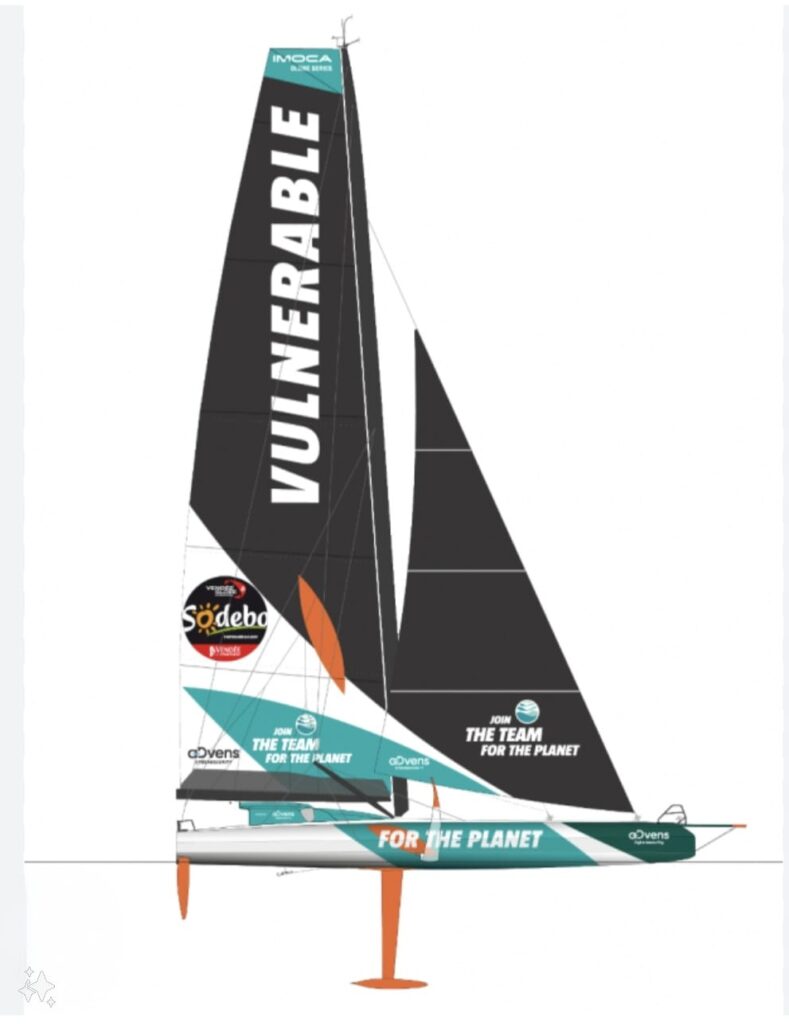
These are high-performance sailboats designed for solo or team competitions, especially long-distance and around-the-world events. These sailboats stand out for their advanced design, state-of-the-art technology and ability to face extreme conditions at sea.
Main characteristics of IMOCA sailboats:
High-tech monohulls: IMOCA sailboats are monohulls, which means they have a single hull, unlike catamarans or trimarans. They are made from advanced materials such as carbon fiber to optimize strength and reduce weight.
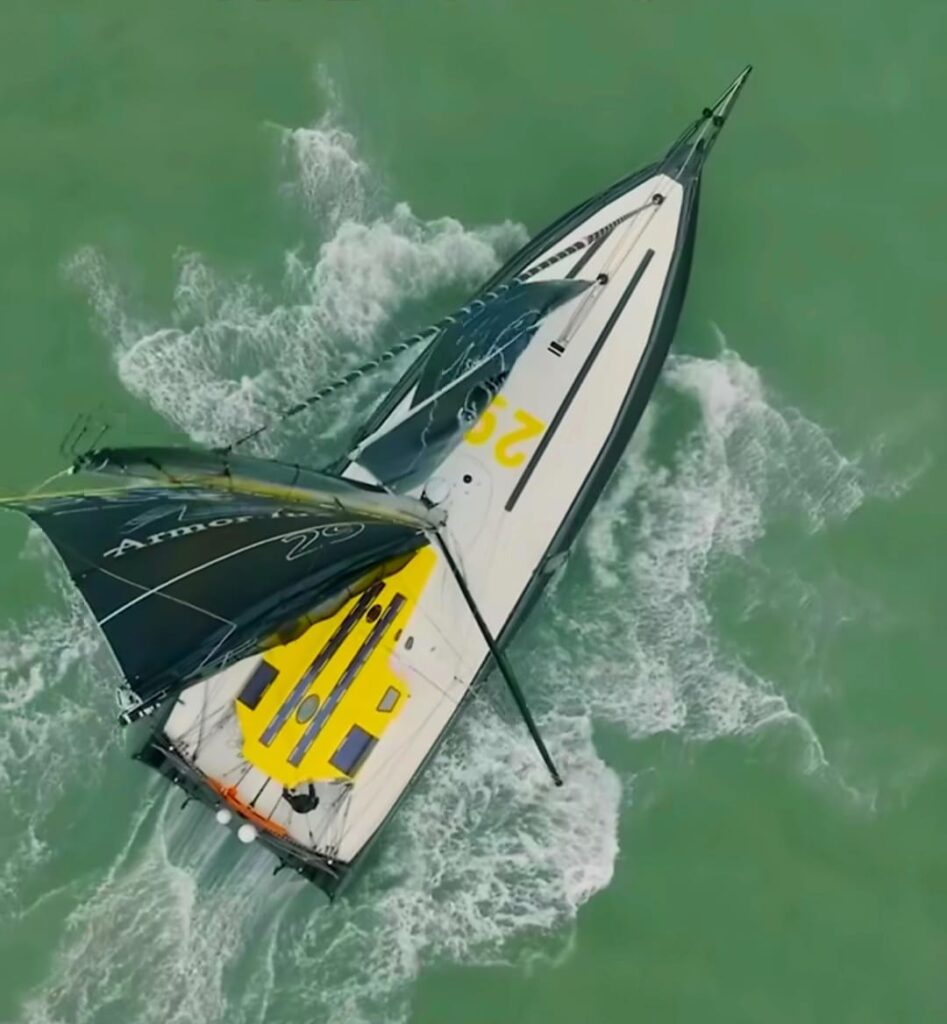
Advanced design: IMOCA sailboats are known for their innovative and aerodynamic design. They are focused on efficiency and speed, with narrow hulls and sails optimized for different conditions.
Length and weight: IMOCA class specifications allow a maximum ship length of 60 feet, leading to lean and elongated designs. The weight of the ship is regulated to ensure the right balance between strength and speed.
Limited number of sails: Unlike some other sailing classes, IMOCA has a limited number of sails it can carry. This adds a strategic element to the race, as sailors must carefully select sails for different wind conditions.
State-of-the-art technology: They use the latest maritime technology, including advanced navigation, communication and power systems to cope with long ocean crossings.
High-performance sailing: Thanks to their robust design and sailing abilities, IMOCA sailboats are ideal for touring the world and crossing oceans, facing extreme weather conditions and strong waves.
Environmental responsibility: Recently, this class of ships has increasingly emphasized environmental sustainability, exploring options such as the use of renewable energy and environmentally friendly materials.
In short, IMOCA represents the pinnacle of high-performance sailing, where innovation, speed and endurance come together to take sailors on epic challenges in the most remote seas on the planet.
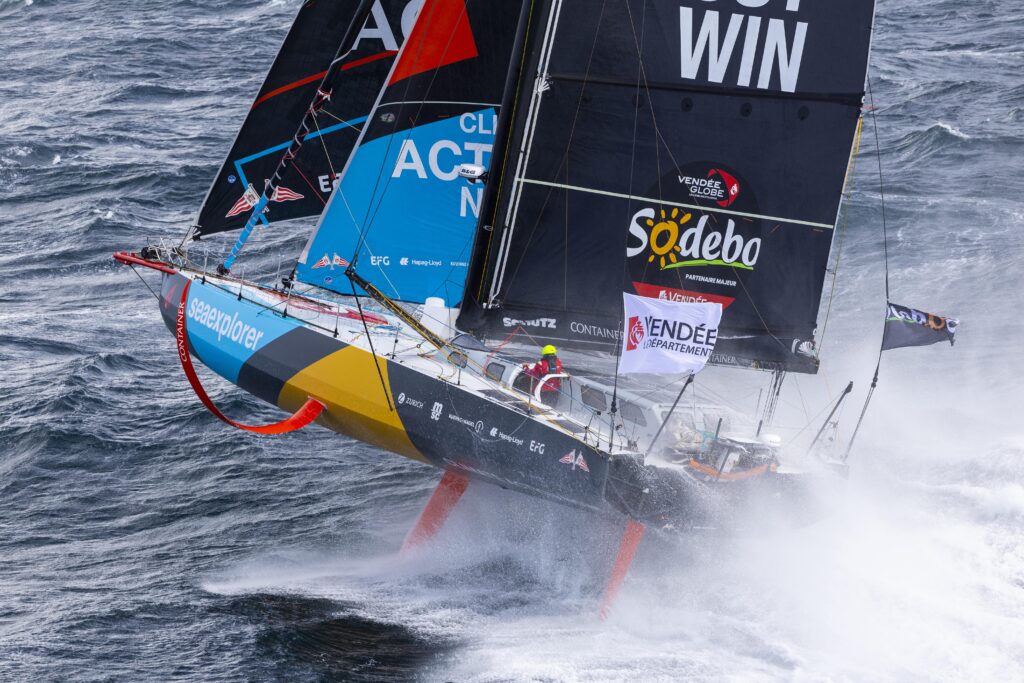
These sailboats are not only machines of speed, but also symbols of the skill and courage of the sailors who operate them in extreme conditions.
The Vendée Globe is the most prestigious and most difficult non-stop, solo, sailing race. This sea marathon is the ultimate test of endurance, skills and human spirit. Sailors face unforgiving oceans, extreme weather conditions and complete solitude during several months of travel around our entire planet.
History in trke
The first Vendée Globe race was held in 1989, and since then it has been held every four years. The race is named after the French region of Vendée, from which all competitors start and finish.
Route and length
The start and finish of the race is in Les Sables d’Olonne, France. Yachtsmen travel around the world, crossing the Atlantic to the south, rounding the Cape of Good Hope, entering the Indian Ocean to Australia’s Cape Leeuwin, and further through the southern oceans to the harsh conditions around Cape Horn, to the Atlantic again and then north, returning to the starting port in Biscay bay. The total length of the route is about 24,000 miles or 44,000 kilometers, and the average time needed to complete the race is about 80-90 days. Some competitors need more.
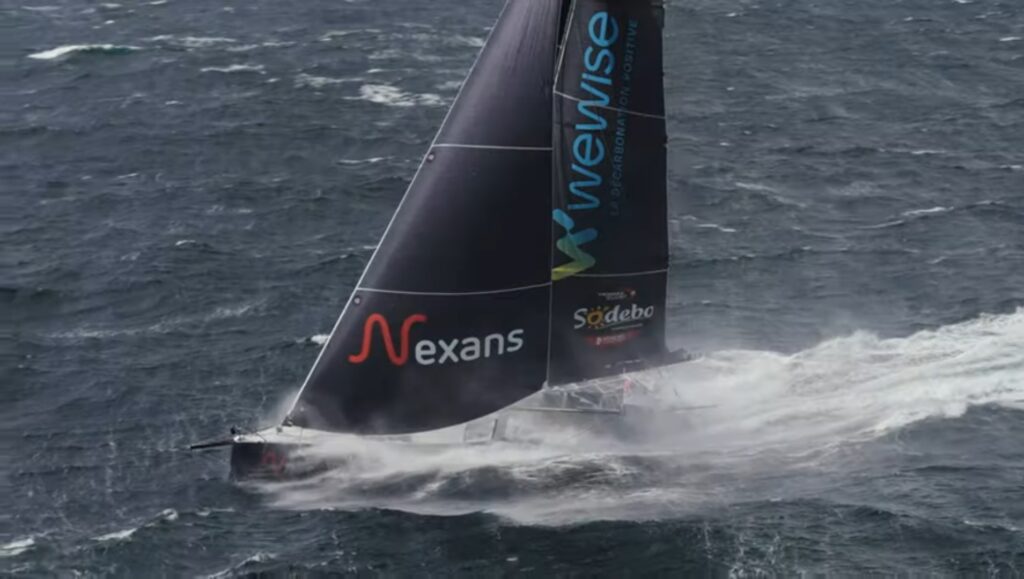
Who is racing? ?
The Vendée Globe race attracts the best sailors in the world. In the 2024 edition, there were as many as 40 brave skippers from different countries at the start. Among them there are experienced veterans who have already participated in this race several times, but also new faces who are participating in this challenge for the first time.
From the Vendée Globe
One of the most striking features of the Vendée Globe 2024 is the record number of female competitors. As many as six brave women were on the starting line, showing that this sport is not just for men. Their presence is a big step forward not only for women’s sailing, but also an inspiration for future generations, even for all those who may not even be interested in sailing.
Why is the Vendée Globe so special?
The Vendée Globe is much more than just a sailing race. It’s an epic adventure that tests all the limits of human endurance. Sailors face numerous challenges, from stormy seas and icy waters to technical problems, isolation and loneliness on the “thick” sea. However, it is precisely these challenges that make this race so special and attractive. In addition, each skipper on his sailboat during the race somehow contributes to the improvement of the world around him: as many as 20 of them put their sailboats at the service of oceanographic scientific research such as salinity, ocean temperature, and the like. Some help sick children like Samantha Davis where there is one like one € donation for and some draw attention to important topics such as the two “Vulnerabile” ships. It is an organization that deals with all vulnerable groups of people.
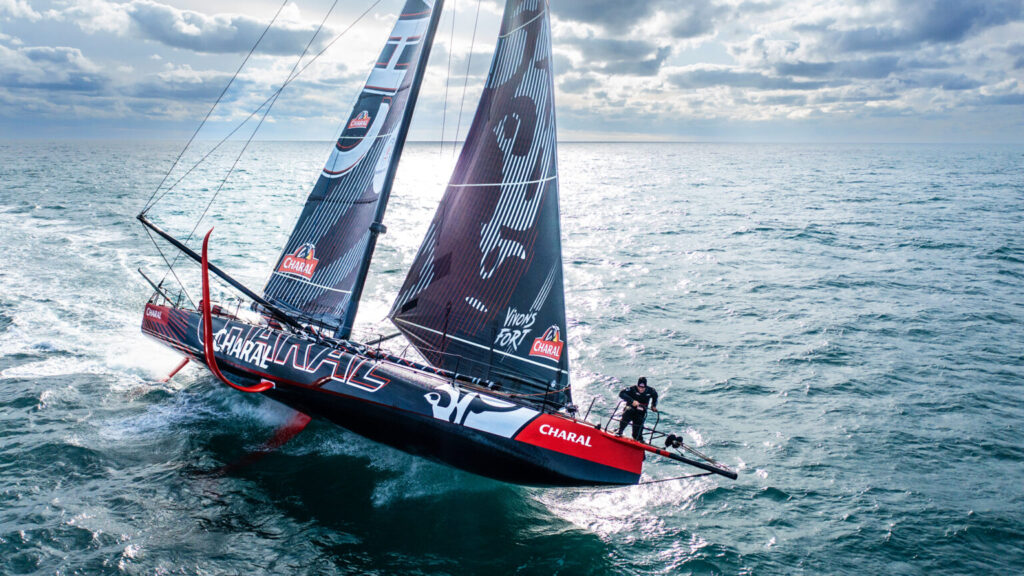
Of the 40 competitors who start, many are multiple returnees. For example, Jean Le Cam, who at the age of 65 is participating for the 6th time in this marathon race around the world. During the last race, saved is his competitor Kevin Escoffier (Kevin Escoffier) somewhere 850 miles south of Cape Town (Your Town). He is also called King Jean. Charlie Dalin from Le Havre is certainly one of the favorites to win.
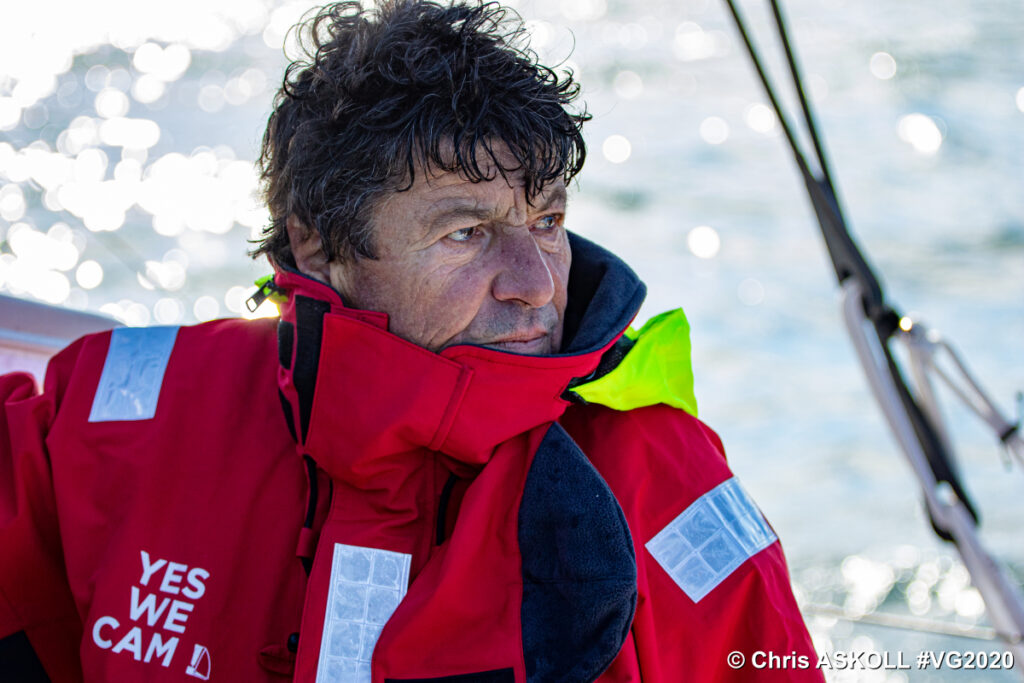
He finished second at the previous Vende Globe. Then the winner of the race 2021/22 Yannick Bestaven (Yannick Bestaven) at the age of 51 very experienced in overseas regattas. We must not forget Boris Herrmann, the only competitor from Germany who was unlucky in the previous regatta. Only a few tens of miles before the finish line, he fell asleep exhausted and had a collision with a fishing boat and finished in 5th place. Among the competitors is a Japanese Kojiro Shiraishi, we see him in this race for the second time, a Hungarian Szabolcs Weores, a Chinese Jingkun Xu. Damien Seguin, 45 years old, belongs to the company of these exceptional people. He was born without a left arm, a three-time Paralympian, participated in the last Vendee Globe four years ago.
Six brave women at the Vendée Globe 2024.
The Vendée Globe 2024 marks a record representation of women, with as many as six fantastic female skippers embarking on this epic solo race. Each of them brings their own unique story and combativeness to the starting line. I suggest we meet these women first:
Samantha Davies
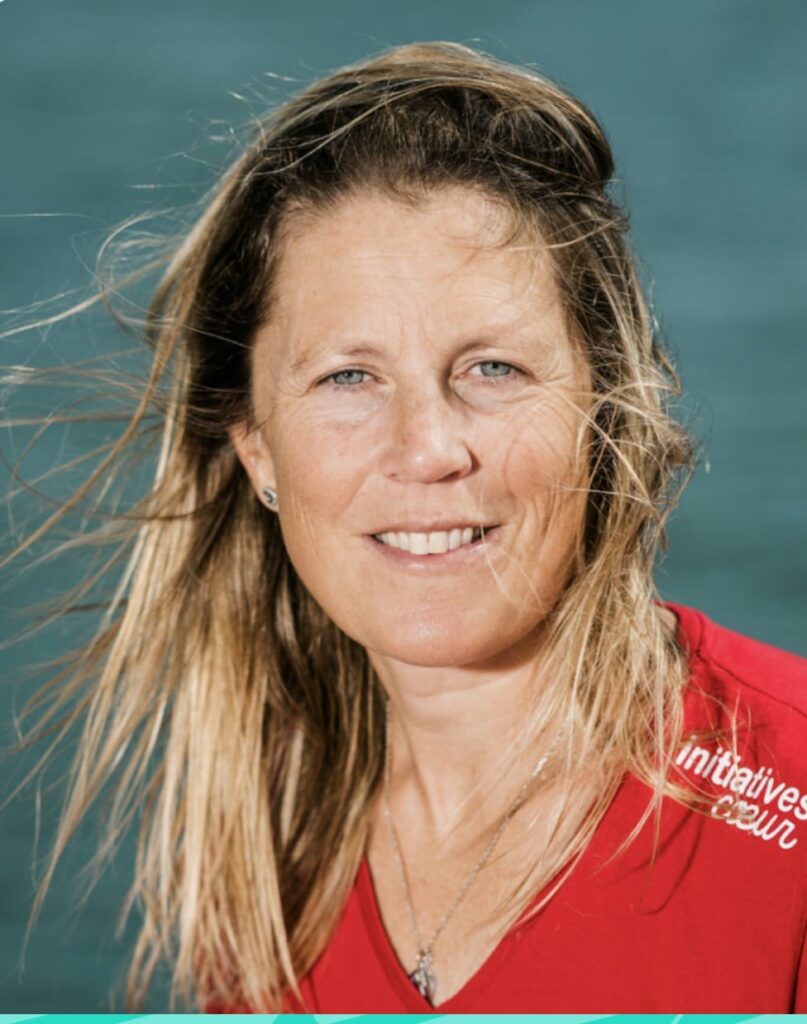
Samantha Davies, an experienced British sailor, is well known in the sailing world. Sam was born on August 23, 1974 in Portsmouth, UK, to a family of serious sailors. Her grandfather was a submarine captain. He gave her his order to accompany her and bring happiness. She learned to walk on her parents’ sailboat. An engineering graduate who studied at Cambridge University, Sam began her competitive sailing career at the age of 24 with her first round-the-world crew (Jules Verne Trophy 1998).
Clarisse Crémer
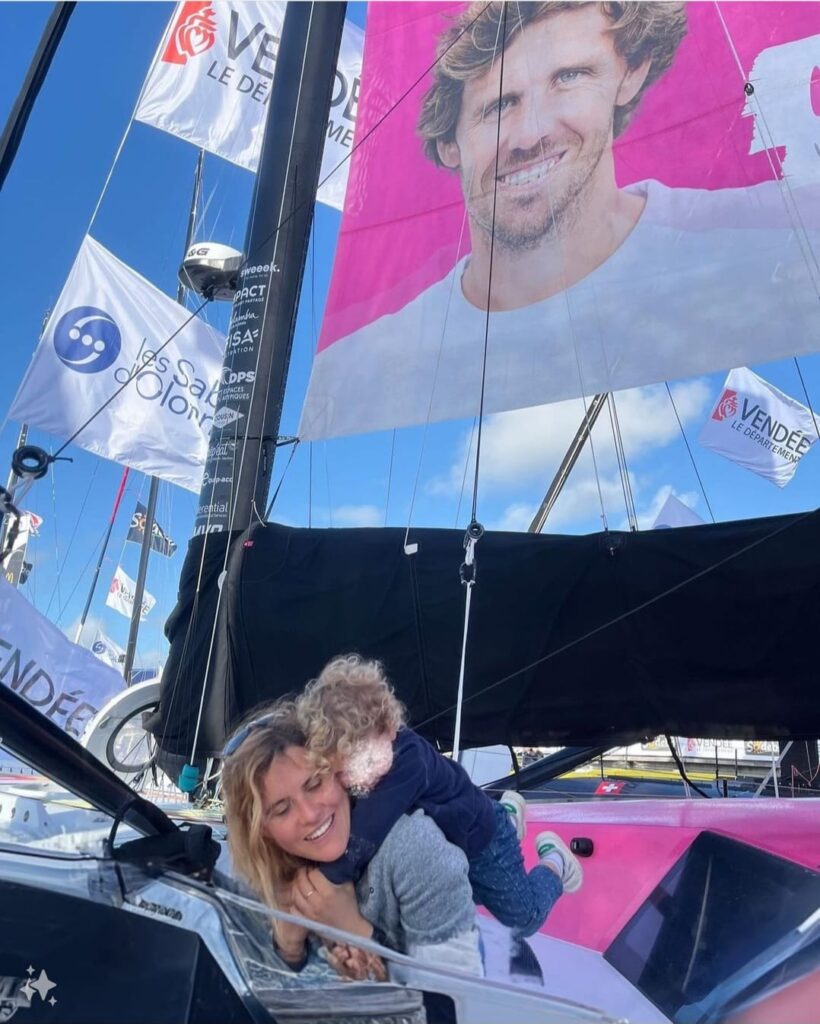
Frenchwoman Clarisse Crémer is another well-known name in the world of sailing. Young and ambitious, Clarisse has shown exceptional results in previous races. Her passion for sailing and desire to explore new horizons made her one of the favorites. As a young mother, it is difficult for her to be separated from her daughter. He hopes that one day she will understand her organic need to sail around the world.
Isabelle Joschke
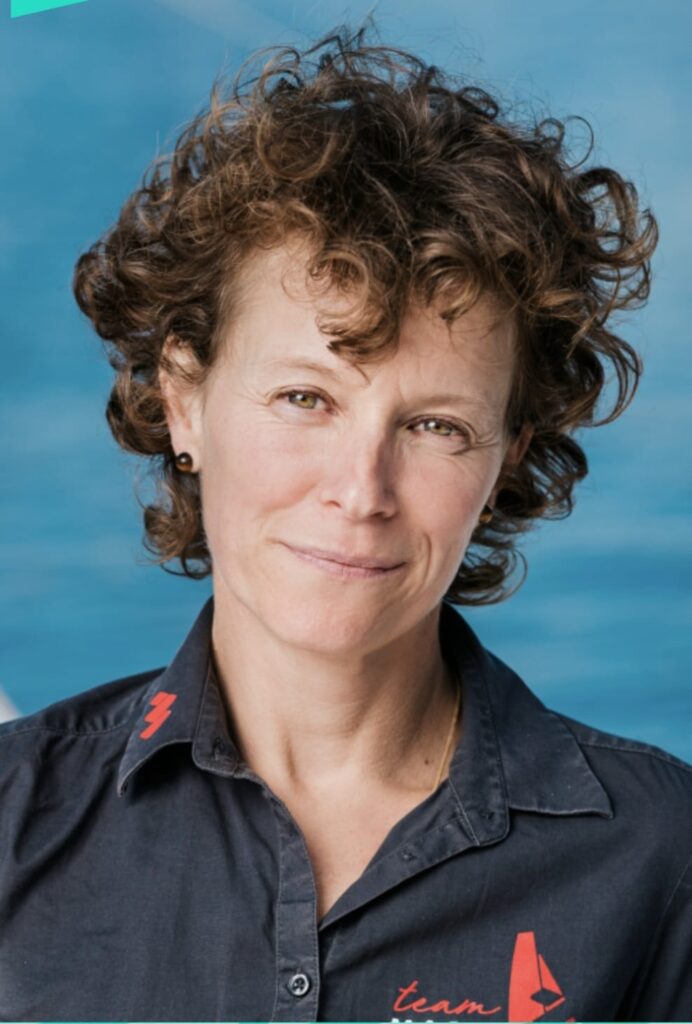
German sailor Isabelle Joschke, 47, is known for her determination and persistence. With her experience in extreme conditions, Isabelle is ready to face all the challenges that the Vendée Globe brings her. Her precision and analytical approach to sailing make her a serious competitor. According to her own words, the most difficult thing for her is sleep hygiene at the regatta. He believes that good sleep is the most important thing, and during the race sleep intervals are from 5 minutes to 2 hours. And so for 3 months. A tough fight.
Violette Orange
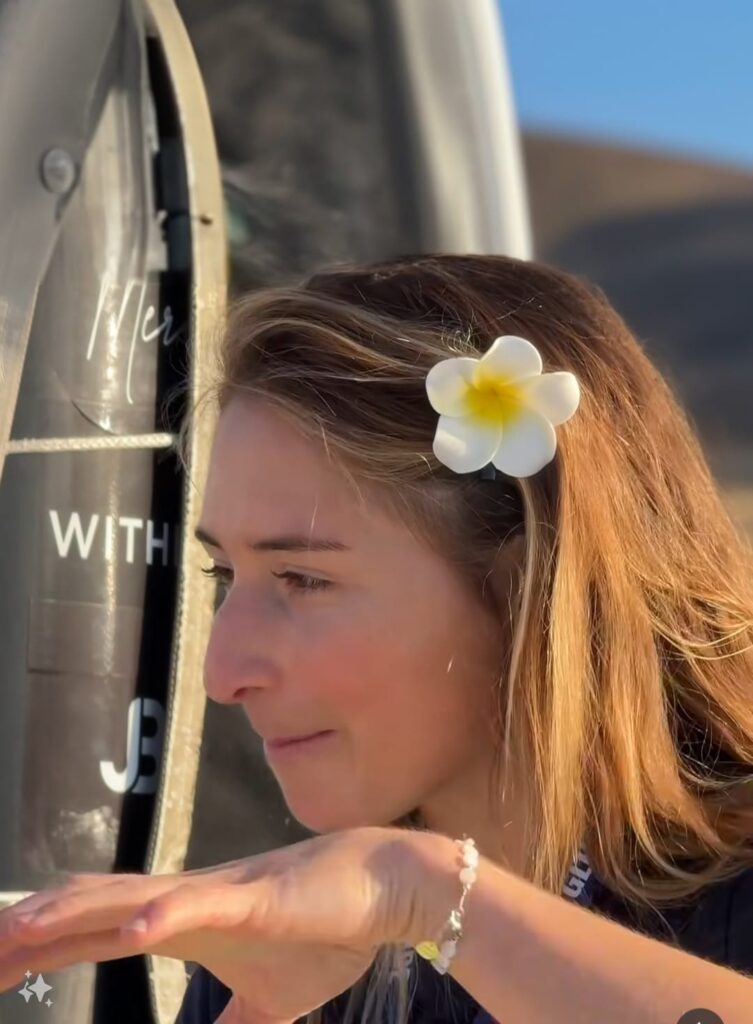
Violette is a young sailor, 22, who surprised many with her appearance at the Vendée Globe 2024. Her youth and enthusiasm are infectious, so it is an interesting detail that the Disney company chose her as the face for the promotion of the new Moana movie. Also, McDonald’s is one of the sponsors, which perfectly describes the target group.
Pip Hare
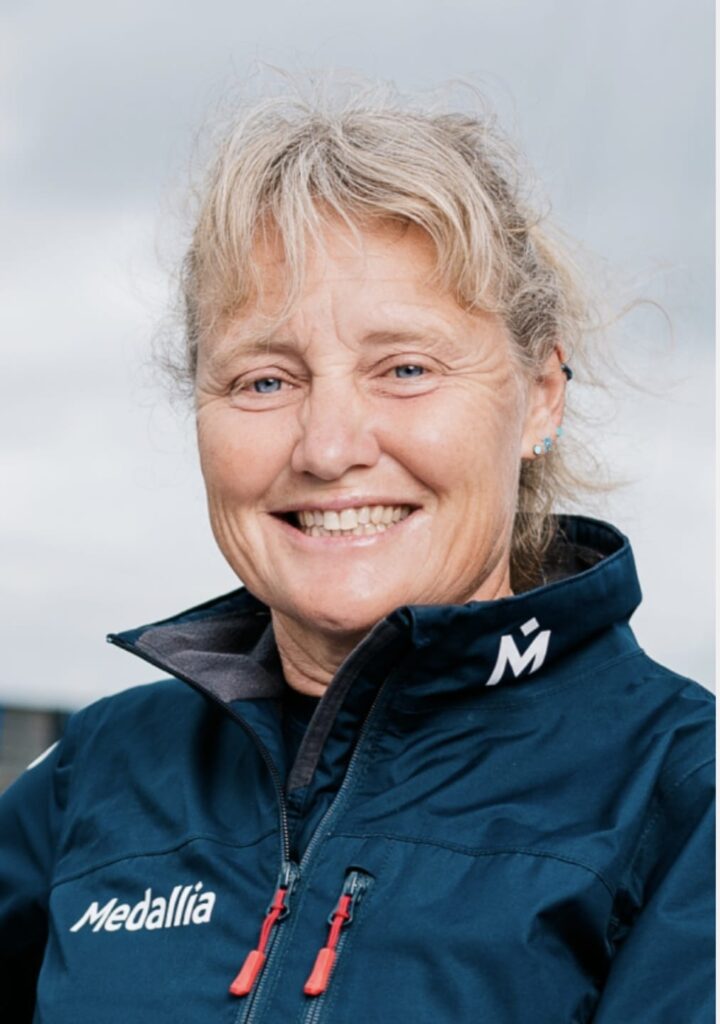
Britain’s Pip Hare, 50, is another experienced sailor returning to the Vendée Globe. Her passion for sailing and her desire to prove that women can be just as successful as men in this sport have made her an inspiration to many.
Justine Mettraux
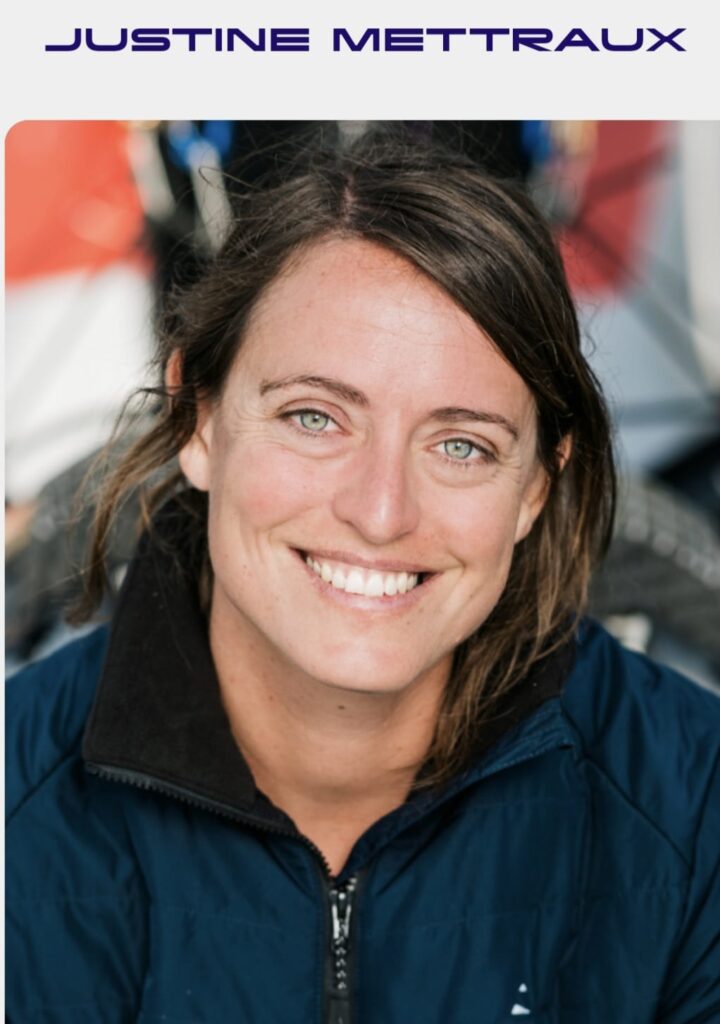
Žustine Metro 38, from Switzerland spent 12 painstaking years to get to the Vendee Globe. The biggest wish in her life has been fulfilled. He is taking part in the regatta for the first time.
What connects them?
All these women share the same passion for sailing, the desire for adventure and the determination to face all the challenges that the sea can throw at them. Their presence at the 2024 Vendée Globe is a big step forward for women’s sailing and an inspiration for future generations. They have shown that women can be just as successful as men in this sport, and their struggle is proof that there are no obstacles that cannot be overcome.
Why is their presence important?
The presence of women at the Vendée Globe 2024 is of great importance for several reasons:
Breaking stereotypes: Women have shown that they can be just as successful as men in this traditionally male sport.
We from the continent can only wish these modern heroes good luck, calm seas and good winds, and for the next 3 months we will enjoy pushing human boundaries.
Exclusive for Vrele Gume: Lidija Piroški
Source: vrelegume.rs


